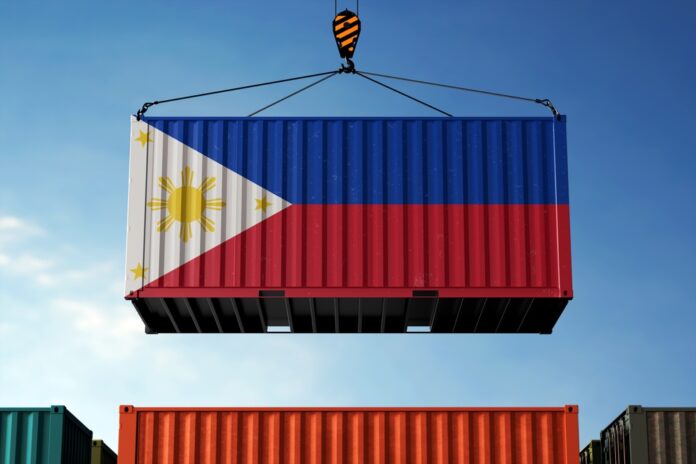The trade deficit continued to widen in August to USD4.38 billion from USD4.11 billion in the year-earlier period as import growth continued to outpace the increase in exports.
The August trade deficit, however, was narrower than the USD4.88 billion registered in July.
Data from the Philippine Statistics Authority showed that total trade in August rose 1.8 percent to USD17.87 billion, with 62 percent accounted for by imports, underscoring the country’s import reliance.
Imports in August reached USD11.12 billion, up 2.7 percent from the USD10.83 billion posted in August 2023.
Total export sales, meantime, reached USD6.75 billion in August, a slight 0.3 percent growth from USD6.73 billion a year earlier. While the growth in exports is a positive sign, it has not been enough to counterbalance the surge in imports, which continues to challenge the country’s trade balance.
Electronic products continued to be the country’s top export in August, accounting for 53 percent of total products shipments at a total USD3.57 billion. Other manufactured goods and other mineral products were second and third top exports, respectively, with total export value of USD578.2 million and USD272.2 million.
The United States remains the Philippines’ largest export market at USD1.22 billion, highlighting the need to diversify the trade partnerships and boost local manufacturing. As the nation navigates this trade deficit, the emphasis on developing self-sufficiency and sustainable growth strategies becomes crucial for long-term economic stability.







